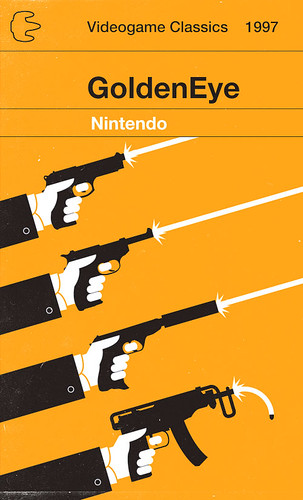Ok so the questionnaire I designed a few posts down, I started interviewing people with it and it wasn't really any good. Here are the answers:
Do you read a lot of books?No
Why/why not?Because I have other hobbies.
What is your favourite book?The hobbit.
Why?I enjoyed fantasy as a child and it sparked creativity and imagination.
Do you have a favourite genre?Religious Thrillers (NOT THE DA VINCI CODE)
Do you remember what any of the covers to the books you read look like?No. they were all bad. Bad photography on the front. Not engaging.
Do you have a favourite album cover?Beck- The information.
What do you like about it?Colour choices. And admires collage.
Do you read a lot of books?No
Why/why not?Not enough time.
What is your favourite book?Lord Of The Rings
Why?I really enjoy fantasy books. As long as it is, the language is really simple to read.
Do you have a favourite genre?Fantasy
Do you remember what any of the covers to the books you read look like?Lord of the rings special edition packaging all 3 together. I remember the foil blocking on the hard back bit.
If so, what did you like/dislike about them?I liked the hardback bit rather the the paper cover. I'm a huge fan of the material it's printed on and the foil-blocked type.
Do you have a favourite album cover?Rage Against The Machine (self titled) Incubus Morning View
What do you like about it?The imagery sticks out most, both photographic. Resonate because they're some of the first albums I bought.
As you can see, a lot of it's difficult to answer and unnecessary, for example, asking them if they read or don't and why not, really doesn't inform my design practice, nor is it easy for them to answer in any meaningful way. The only really important bit;s of information are the 'Do you remember any book covers you've seen... why?' section. It allows me to evaluate what's successful and what's not in book cover design. so I stripped the interview to these questions, asking:
What is the best book cover you can remember seeing and why?
What is your favourate album cover and why?I asked the last question for those who aren't really into books, ideas about imagery and even finishes/paper stocks might come from this. Here are a selection of answers:
What is the best book cover you can remember seeing and why?-It was for the 'Mozipedia'. The design had an illustrated portrait of Morrissey on the fron with nice hand-rendered type instead of facial features and the hair was spot varnished which looked sick!
-It was a book called 'sharp teeth' a hardback, it had a picture of a dog on the front, it was black and white on red stock and the imagery and type sat together so strongly.
-It was an old print for the Great Gatsby. It was a woman's eyes against a city backdrop. It carried a real weight and levity to it.
-I'm a big fan of the very traditional pelican books, they use a very limited colour scheme and very simple design to very striking results.
-It was a cover for the Bell Jar by Sylvia Plath. It had an ambigous silhouette of a woman photographed through a bell jar and it was very striking. The photograph summed up the plot really well and the words over the fron were really contemporary looking in a pink.
-I love vintage most things so the penguin classics are all appreciated. There's something at once very dated and very timeless about them.
What is your favorite album cover and why?-It's the cover to 'The Devil And God Are Raging Inside Me' by Brand New. It was printed on a really nice cardboard sleeve and the photograph was so ambiguous that it was intriguing.
-The artwork to 'Infinity Land'- Biffy Clyro, mainly because it stinks of ink still.
-I loved Laura Marlng's 'songbox' a package released with her album that had a load of artwork and 'presents' in it. A special edition package is always lovely.
-I like the Abbey Road artwork, there's something so iconic about it, yet so simple.
-Modest Mouse, the Moon & Antarctica. It's a well chosen colour pallette and the central imagery is like a rorshach test even though its obviously antarctica. It's a well balanced composition too.
Things I have learned from this:What people had to say was interesting, often the imagery stuck out for it's simplicity or it's ability to communicate an emotion. It was interesting to note that someone preferred the actual hardback cover to the paper sleeve that covered it. I think I'm in agreement on this issue. I liked the comment about the special editions, with all the promotional material you get with them. I think it's important to remember this and try and package some high quality materials in with them to: Postcards, posters? it's worth thinking about. I also liked the comments from actual design students who loved things like spot-varnishing and foil blocking. I think these things are great and I fully intend on at least trying them out, but the awareness a designer has compared to general book reader is interesting to note. Other things I've noted are the importance placed on paper stocks for the album covers. i think the significance of having something quite tactile and beautiful is very significant for those looking at investing in a special edition.






























































